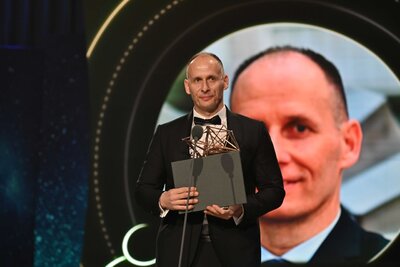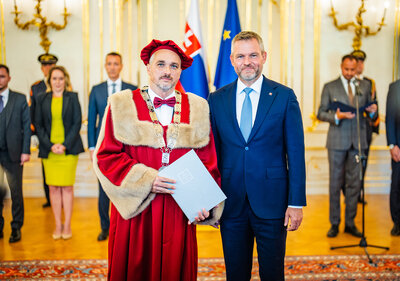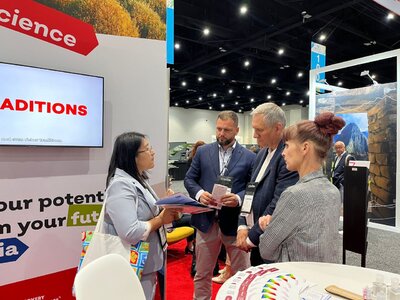The UNESCO Chair for the Restoration of Architectural Heritage at the Slovak University of Technology in Bratislava serves as a professional platform for addressing heritage restoration in all its complexity. It connects educational and research activities of the university with professional and methodological practice, placing strong emphasis on an interdisciplinary approach to monuments, ensembles, and historical sites.
We work across three dimensions – research, education, and community practice – to ensure that cultural heritage remains a living part of identity and sustainable development.
Follow us for updates:
-
Instagram: @unesco.chair_stu
-
LinkedIn: UNESCO Chair STU Bratislava
Research
Interdisciplinary collaboration is at the core of our work: architects, engineers, historians, ethnologists, and local experts join forces to address complex challenges. We approach heritage holistically – as a technical, cultural, and social value.
-
We document vernacular houses, ruins, historic sites, and entire settlements through surveys, archival research, and fieldwork. Our goal is to capture not only the physical condition but also the stories that link these structures to their landscape and community.
-
We develop methods of restoration that balance respect for cultural and historical values with today’s needs – energy efficiency, sustainable use of materials, and new ways of activating heritage for community life and tourism.
-
We connect disciplines, combining technical, human, and natural sciences to ensure that heritage is studied and preserved from every angle.
Education
Students are involved at every stage – from documentation and analysis to design and presentation. Learning is based on active, practice-oriented education, not theory detached from reality.
-
Real assignments come directly from municipalities, institutions, and microregions. Students visit sites, meet mayors and residents, discuss needs, and propose solutions.
-
An international dimension is fostered through workshops, exhibitions, and exchanges that connect students with experts and communities abroad.
-
Knowledge is shared through conferences, publications, and public events, ensuring that student work becomes part of both professional debate and local life.
Education thus becomes more than preparation for a profession – it is a living part of heritage restoration, where university, practice, and society meet.
Practice & Community
Our work does not end with research and teaching – results are transferred directly into practice. We cooperate hand in hand with municipalities and regions where heritage is at the heart of local identity.
-
We bring back to life ruins, chapels, mills, and vernacular houses so they can once again serve the community – as spaces for culture, gathering, or sustainable, slow tourism.
-
We also design new buildings in historic contexts, ensuring that contemporary architecture naturally follows the values of the environment and sensitively shapes its future development.
-
We activate heritage through design proposals, workshops, exhibitions, and events that reconnect people with their cultural landscape.
In this way, architecture is not only an object of protection but also a living source of identity and development for both present and future generations.
The Chair has been created as a reaction to frequent inconsistencies in the interpretation of international methodic documents occurring both among the monuments board workers and designers. On the one hand, this conflict stems from the insufficient knowledge of the principles of monument protections of designers and contractors, and on the other hand from the insufficient level of construction and technical knowledge of the monuments boards. This is the reason why the UNESCO Chair will focus on the most frequent issues occurring in professional practice. Greater emphasis will be on the technical side of the restoration process and application of those architectural interventions, whose aim is to preserve or restore the identity of a traditional historical side.
The Chair is a bridge among academic fields, civil society, local communities, research, government, public administration, and policy-making.







